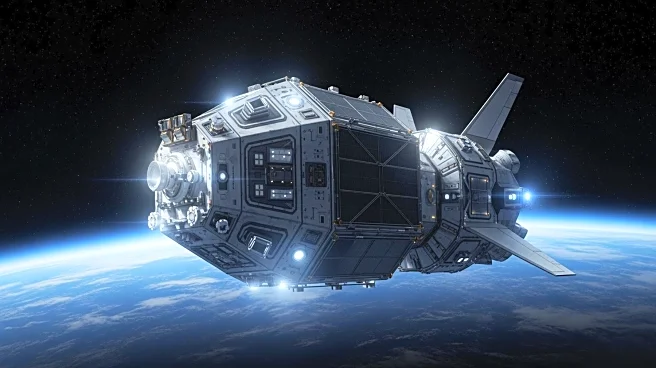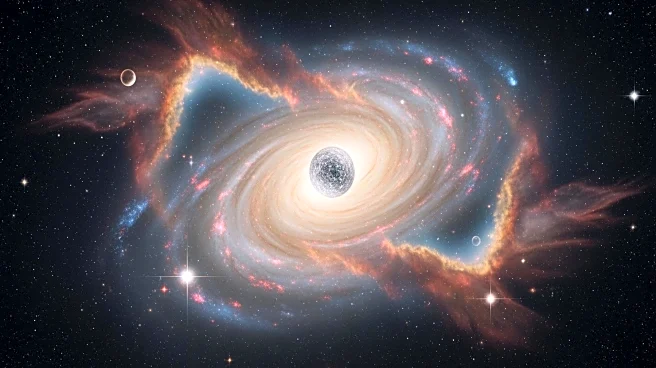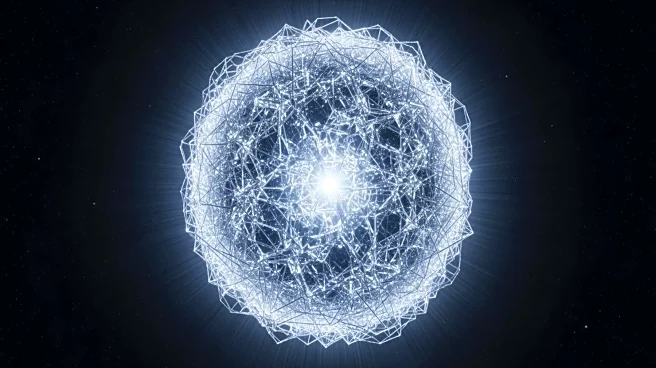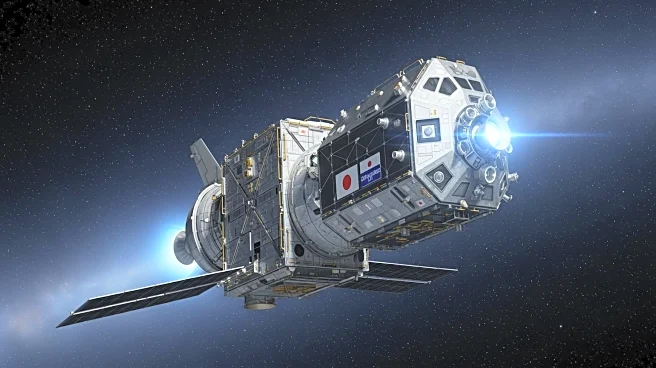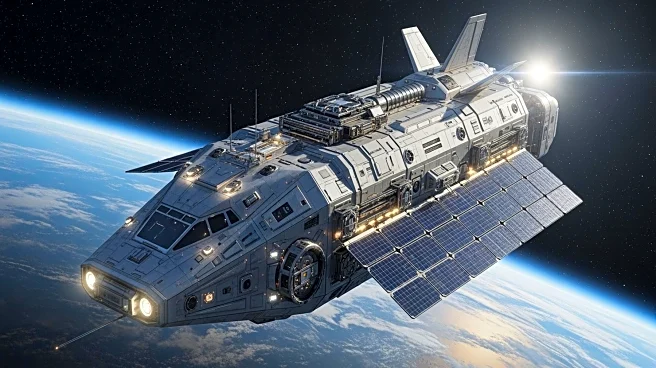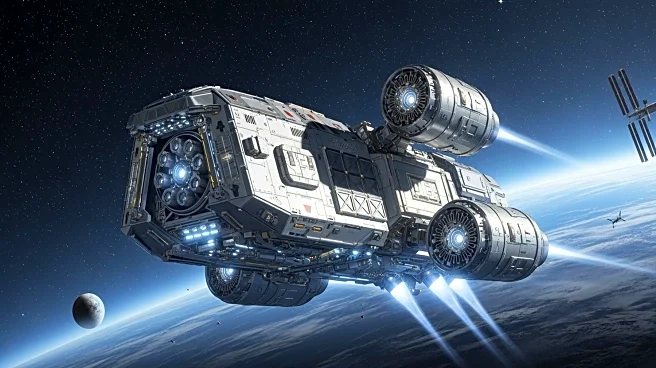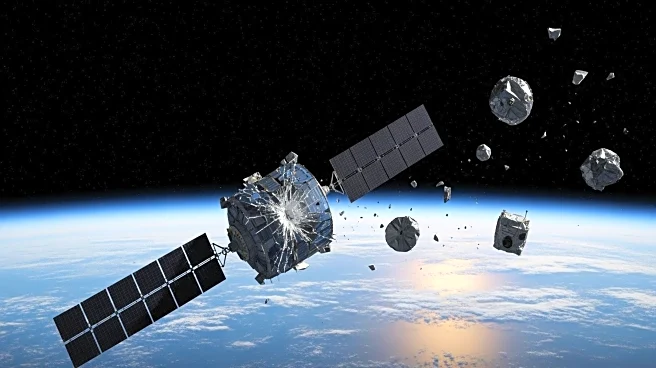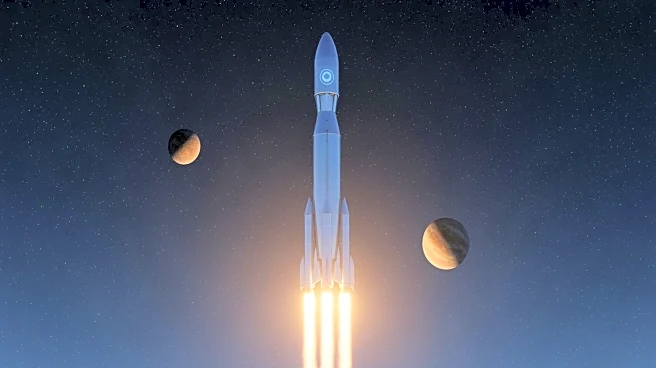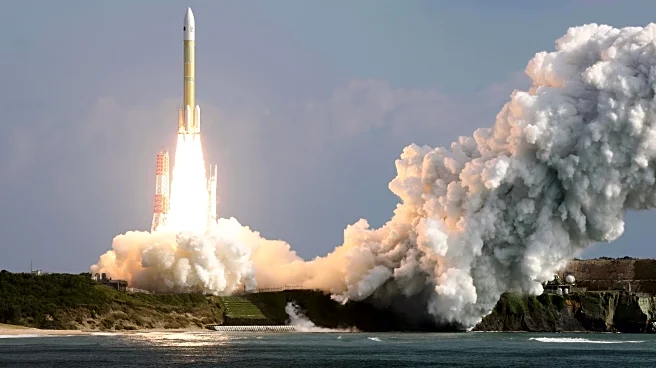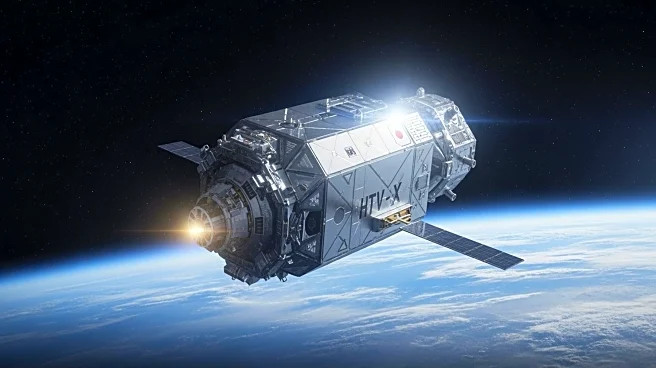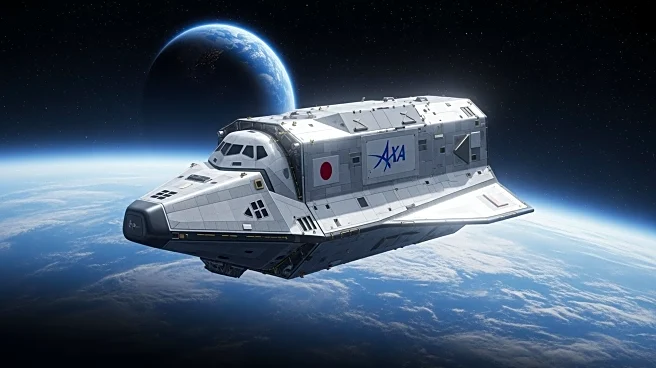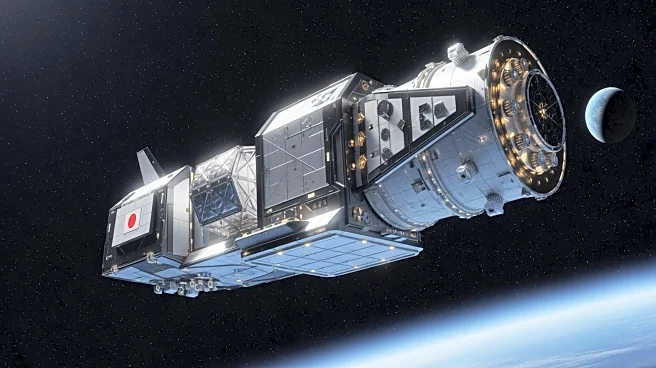What's Happening?
Japan's space agency, the Japan Aerospace Exploration Agency (JAXA), successfully launched its most powerful H3 rocket, carrying the newly developed HTV-X cargo spacecraft. The launch took place from the Tanegashima Space Center in southern Japan on October
26, 2025. The HTV-X1 spacecraft is designed to deliver supplies to the International Space Station (ISS) and is expected to arrive within a few days. Japanese astronaut Kimiya Yui, currently stationed at the ISS, will use a robotic arm to capture the spacecraft. The HTV-X is an upgrade from JAXA's previous H-II Transfer Vehicle, offering a larger payload capacity and the ability to supply power during flight, which is crucial for transporting lab samples requiring low-temperature storage. The spacecraft can remain connected to the ISS for up to six months, delivering supplies and retrieving waste, before conducting technical missions during a three-month orbital flight.
Why It's Important?
The successful launch of the HTV-X spacecraft marks a significant advancement in Japan's space capabilities, reinforcing its position in the global space market. The H3 rocket, which replaces the H-2A model, is designed to be more cost-competitive, enhancing Japan's ability to offer reliable and timely space transport services. This development is crucial for Japan's national security and its autonomous space activities. The ability to deliver supplies to the ISS and conduct extended missions demonstrates Japan's growing expertise in space logistics, potentially attracting more international collaborations and commercial opportunities. The launch also highlights Japan's commitment to maintaining a stable and competitive space transport capability, which is essential for its long-term space program goals.
What's Next?
Following the successful launch, the HTV-X spacecraft is expected to arrive at the ISS within a few days, where it will be captured by astronaut Kimiya Yui using a robotic arm. The spacecraft will remain connected to the ISS for up to six months, delivering supplies and retrieving waste. After its mission at the ISS, the HTV-X will conduct technical missions during a three-month orbital flight. JAXA and Mitsubishi Heavy Industries, responsible for developing the H3 rocket, plan to expand their launch facilities to accommodate a wider range of customer needs. This expansion could lead to increased commercial opportunities and further advancements in Japan's space transport capabilities.
Beyond the Headlines
The launch of the HTV-X spacecraft not only enhances Japan's space logistics but also contributes to the broader international efforts in space exploration and research. The ability to transport lab samples requiring low-temperature storage opens new possibilities for scientific experiments and research conducted in space. Additionally, the successful debut of the H3 rocket's most powerful version demonstrates Japan's technological advancements and reliability in space missions, potentially influencing global space policies and collaborations. As Japan continues to develop its space capabilities, it may play a more prominent role in international space initiatives, fostering innovation and cooperation in the field.
